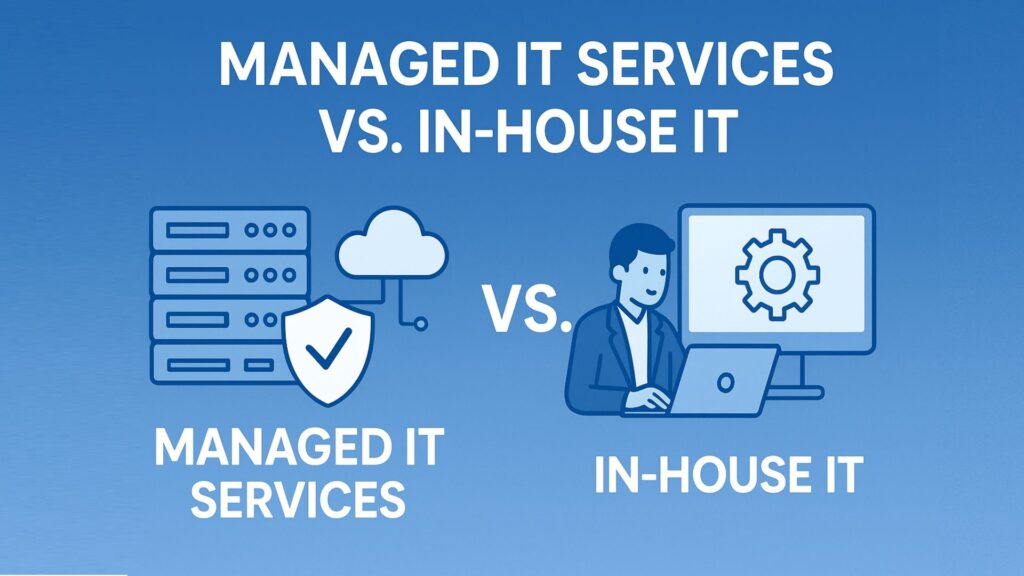The Rise of AI-Powered Phishing Attacks: Are We Ready?
Poindexters Lab
June 17, 2025

In the rapidly evolving world of cybersecurity, one of the most pressing threats of 2025 is the rise of AI-powered phishing attacks. As artificial intelligence becomes more advanced, so do the tactics used by cybercriminals. Traditional phishing emails—often filled with grammatical errors and generic greetings—are being replaced by sophisticated, hyper-personalized messages generated by AI. The question is no longer if you’ll be targeted, but when—and whether you’ll recognize it in time.
What Are AI-Powered Phishing Attacks?
AI-powered phishing uses machine learning and natural language processing to craft convincing messages that mimic legitimate communication. These attacks can:
Use publicly available data (from social media, corporate websites, or data breaches) to personalize messages.
Imitate writing styles of known contacts or company executives.
Generate responses dynamically in real-time, making interactions with phishing bots almost indistinguishable from real human conversations.
Real-World Examples
In late 2024, a major financial firm fell victim to an AI-powered spear phishing attack. The attackers cloned the CEO’s writing style using emails from a previous data breach and convinced the CFO to transfer $25 million to a fraudulent account. This wasn’t a case of poor security hygiene—it was a demonstration of how advanced these scams have become.
Similarly, AI voice cloning has enabled attackers to mimic executives’ voices during urgent phone calls, adding a new dimension to phishing: vishing (voice phishing).
Why AI Makes Phishing Harder to Detect
Traditional email filters are programmed to detect patterns and common red flags like suspicious links or known blacklisted IPs. AI-generated phishing, however, can:
Avoid detection by mimicking legitimate sentence structures.
Change its content with each message to evade signature-based filters.
Be adaptive—responding to questions or suspicions in real-time.
This adaptability makes it nearly impossible for conventional defenses to keep up.
How to Defend Against AI-Enhanced Threats
Continuous Training and Awareness: Employees must be trained not just once a year, but continuously. Include simulated phishing scenarios that mimic AI tactics.
Zero Trust Architecture: Implement a security model where no user or device is automatically trusted, even if they are inside the network.
AI vs. AI: Organizations must adopt their own AI-driven threat detection tools that can recognize abnormal behavior and language patterns in real-time.
Multi-Factor Authentication (MFA): Even if credentials are phished, MFA can prevent unauthorized access.
Regular Audits: Periodic reviews of who has access to sensitive systems and data can reduce the impact of compromised accounts.
Final Thoughts
As AI continues to revolutionize industries for good, it is also becoming a powerful tool in the hands of cybercriminals. The arms race between attackers and defenders is entering a new phase, and awareness is the first line of defense. Businesses and individuals alike must evolve their cybersecurity strategies to stay ahead of increasingly intelligent threats.
If you need help strengthening your cybersecurity or IT systems, our team is here to support you. Feel free to reach out—we’re happy to help.
Recent Posts
Have Any Question?
Secure your digital future—get in touch with us today and move forward with confidence.
- (647) 800 4399
- [email protected]





